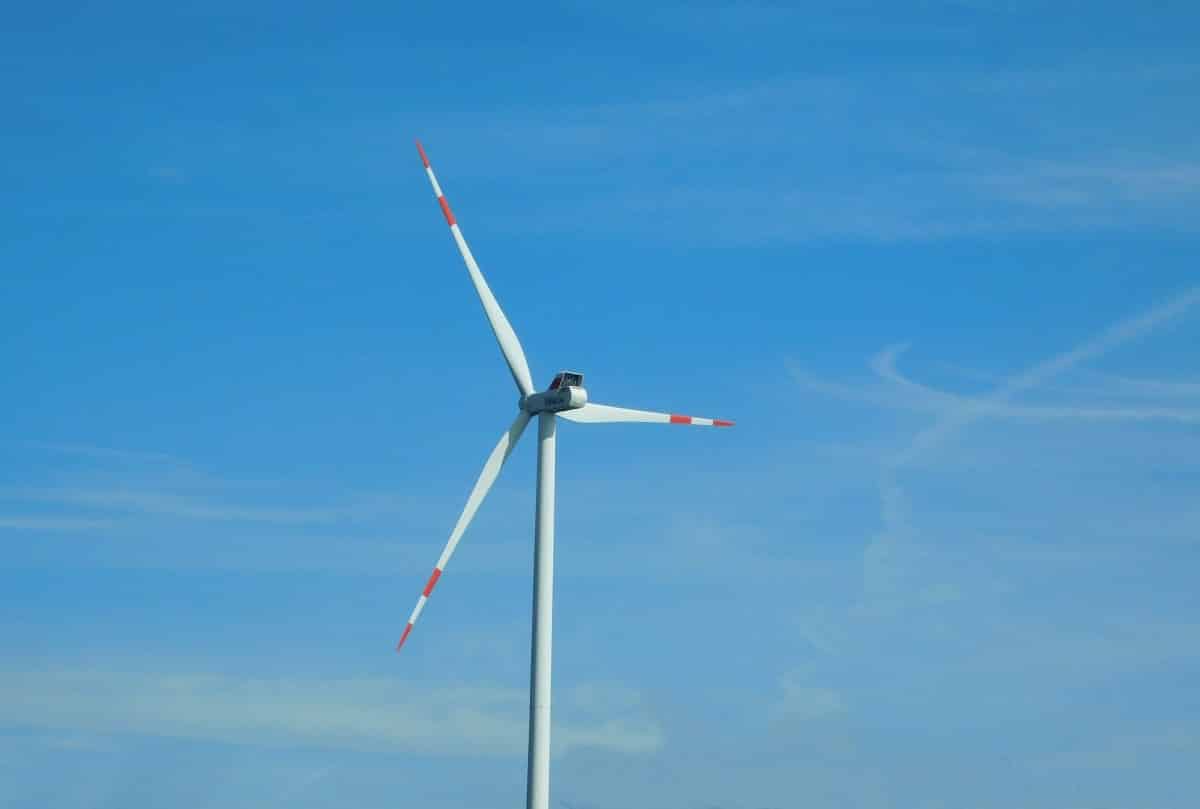
Artificial intelligence is expected to help increase energy generation from wind and reduce maintenance costs for wind farms. A German consortium is undertaking a pilot project to examine how this can be best achieved. Through cooperation in the Smartwind project with the Turkish wind farm operator Zorlu Enerji, results from the research will be directly put to the test in practice.
Wind energy plays a major role in Europe’s energy transition, especially in the Netherlands. By 2030, offshore wind farms will be required to supply around 11 GW of electricity. That means 8.5% of all energy in the Netherlands and 40% of current electricity consumption.
There is still much to be gained in terms of efficiency and cost-effectiveness. The aim of the project “Smartwind – Advanced Tools for Optimizing Operation and Maintenance Activities in Wind Farms” is to develop as many new techniques as possible in order to exploit the wind farms in the most optimal way. Together with its German partner, the Ruhr-University of Bochum (RUB) focuses on the utilization of artificial intelligence (AI).
Detecting signs of imminent damage in advance
The aim is to develop what is known as a multi-criteria system to support all manner of technical decisions. This should not only make such parks more efficient but also lead to a reduction in maintenance costs. The system monitors all the technical components of the turbines in the park. These parameters and measurement data can be used to determine if certain components will break down in the short term. Replacing them on time prevents a complete breakdown of the whole turbine. Moreover, the artificial intelligence learns to recognize signs – such as specific vibrations or parts that are starting to overheat – as a symptom of potential future damage. Replacements of parts can be grouped together this way too. As a result, a mechanic would not have to go to the wind farm every single time to carry out repairs or maintenance on a turbine. This saves a lot of expensive travel costs, especially for large complexes at sea.
One windmill should not hamper any others
On top of that, the operational management of individual turbines can be coordinated. For example, if the is wind blowing from a certain direction, a turbine must not get in the way of the one behind it. The AI system can calculate how the wind turbines should be rotated so that as few turbines as possible are in the wind shadow of the other.
Another advantage of the system is that supply to the grid on the mainland can be regulated more effectively. For instance, by preventing fluctuations in voltage and supply. “In Smartwind we can exploit the capabilities of artificial intelligence algorithms to optimize the management of wind farms”, stresses Prof. Constantinos Sourkounis, head of the German workgroup.
Results from the lab will be put directly into practice
“The remarkable thing about this project is the close relationship between research and direct application. We are able to first test theoretical results in our laboratory, and then in a test wind farm run by our partner Zorlu Enerji.”
The entire project has been awarded the Eurogia 2020 label, which supports innovative international cooperation projects aimed at reducing CO2 emissions. The project consortium led by Enforma comprises the communication technology companies Isotrol, Enforma, and Netas, the operator of the Zorlu Enerji wind farm, along with the RUB and Tecnalia.
Also of interest:
Dutch TNO builds huge wind turbine test facility together with General Electric
Plus more IO articles about wind farms here.

